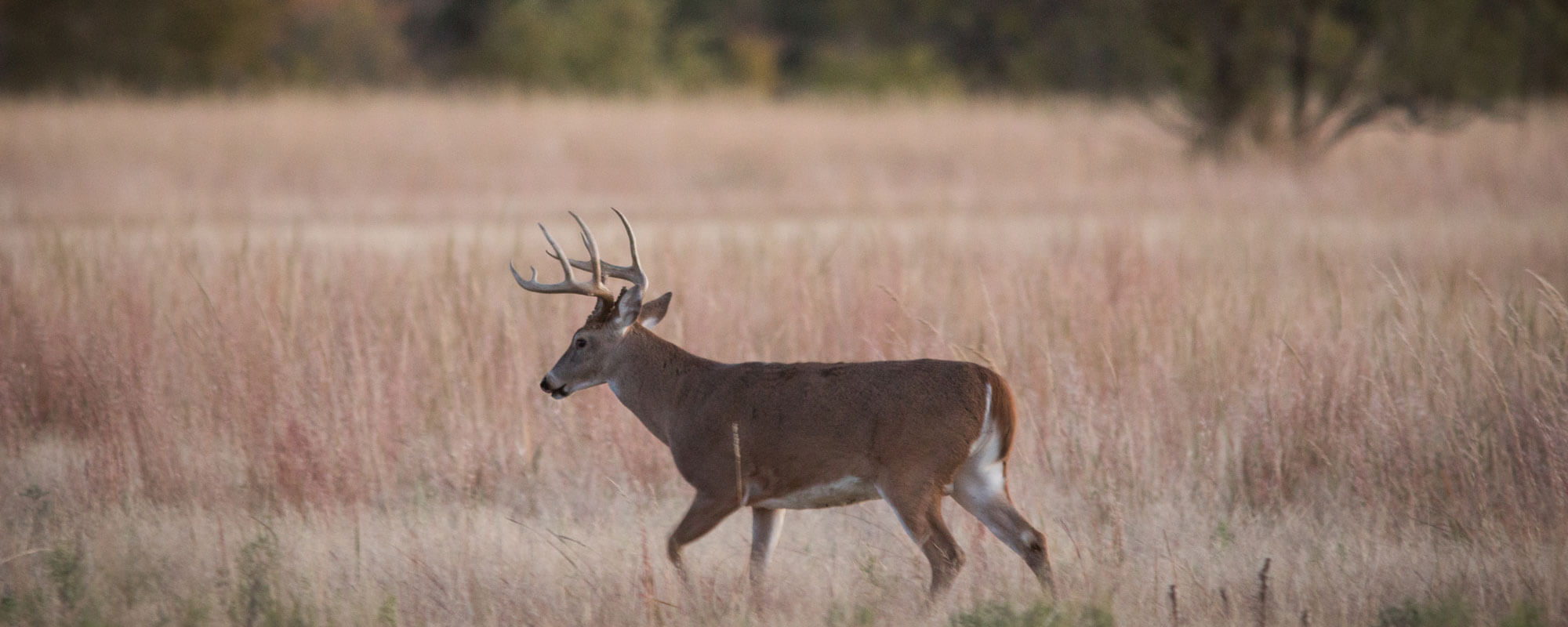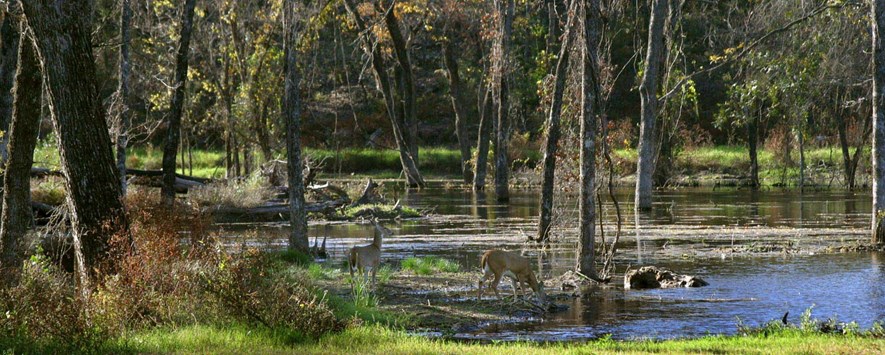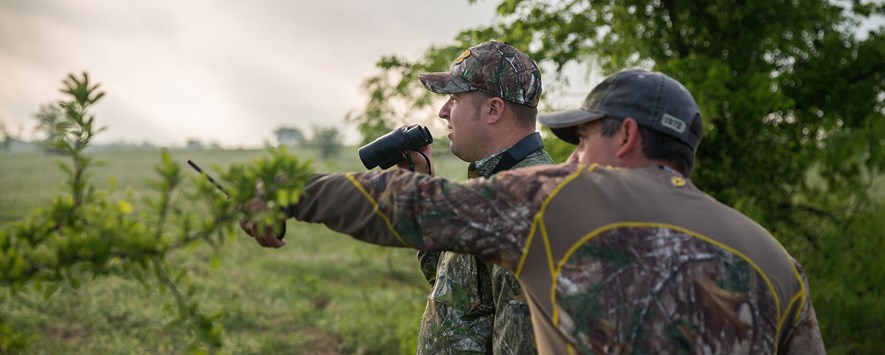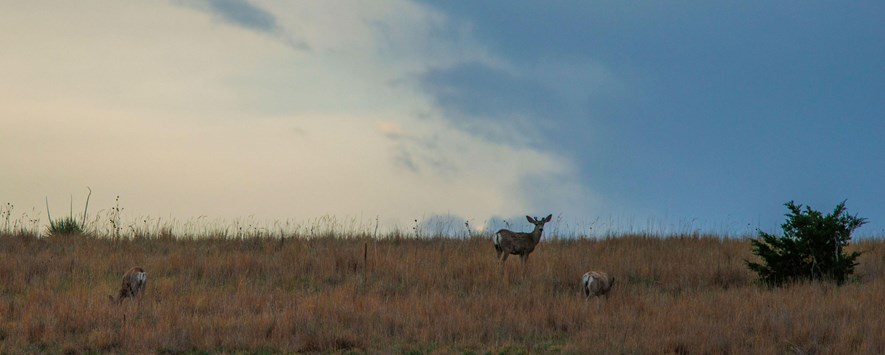Last month we discussed how to use hunters to help collect survey data. This article will discuss how we can use harvest data from hunters. Most harvest reports focus on number of animals harvested, weights and estimated ages. While these numbers are important, this article will focus on other interesting aspects that we can learn from the harvest data.

Harvest is a major focus of good deer management. For most properties, the best population management strategies involve shooting more does and less bucks. Sounds easy, right? But how much time does it take to harvest does and bucks in an unfed, free-range deer herd? Do your hunters view doe harvest as work or as a great opportunity to put tasty venison on the table? When is the best time of the season to hunt? Let’s take a look at results from hunters on Noble Research Institute properties.
Noble Hunters: Hours to Harvest
We found that it takes, on average, 71 hours to harvest a doe and 350 hours to harvest a buck across all methods. Noble hunters are allowed to harvest one buck per year. These bucks should be a minimum 130 inch gross Boone and Crockett score, which adds to selectivity of buck hunting, increasing time needed to harvest a buck.

Hours per harvested deer differs by method. As expected, it takes less time to harvest a deer with a gun than it does with a bow (Figure 1). Also, we learned some hunters put more effort into deer harvest than others (Figure 2). This could be because some hunters are actively targeting does, while some are only buck hunting and have no interest in killing a doe.


There is an incentive to harvest does. A hunter can gain preference points for the next season’s draw if they harvest does. We noticed there is a peak in buck and doe harvest (Figure 3) during rifle season (late November through early December) but the effort (harvest per hour) does not change very much during that time (Figure 4). This is a product of more people spending more time hunting. However, there was another spike in doe harvest in mid-December and a corresponding increase in hunter efficiency. This could be because does were moving more compared to earlier, during rifle season. However, it could also be because hunters were focused on doe harvest during December, when bucks were not legal with a gun, and were more apt to harvest a doe when presented with an opportunity. Maybe mid-December is a good time to focus on doe harvest.

Find Hunters to Match Your Management
So how does all this impact deer population management on your property? Bottom line is it takes time to harvest deer. It takes more time to harvest deer with a bow than a rifle. Some hunters will harvest more does than others. If doe harvest is a focus of your management, find hunters who want to harvest does and don’t pass up opportunities when they are available.






